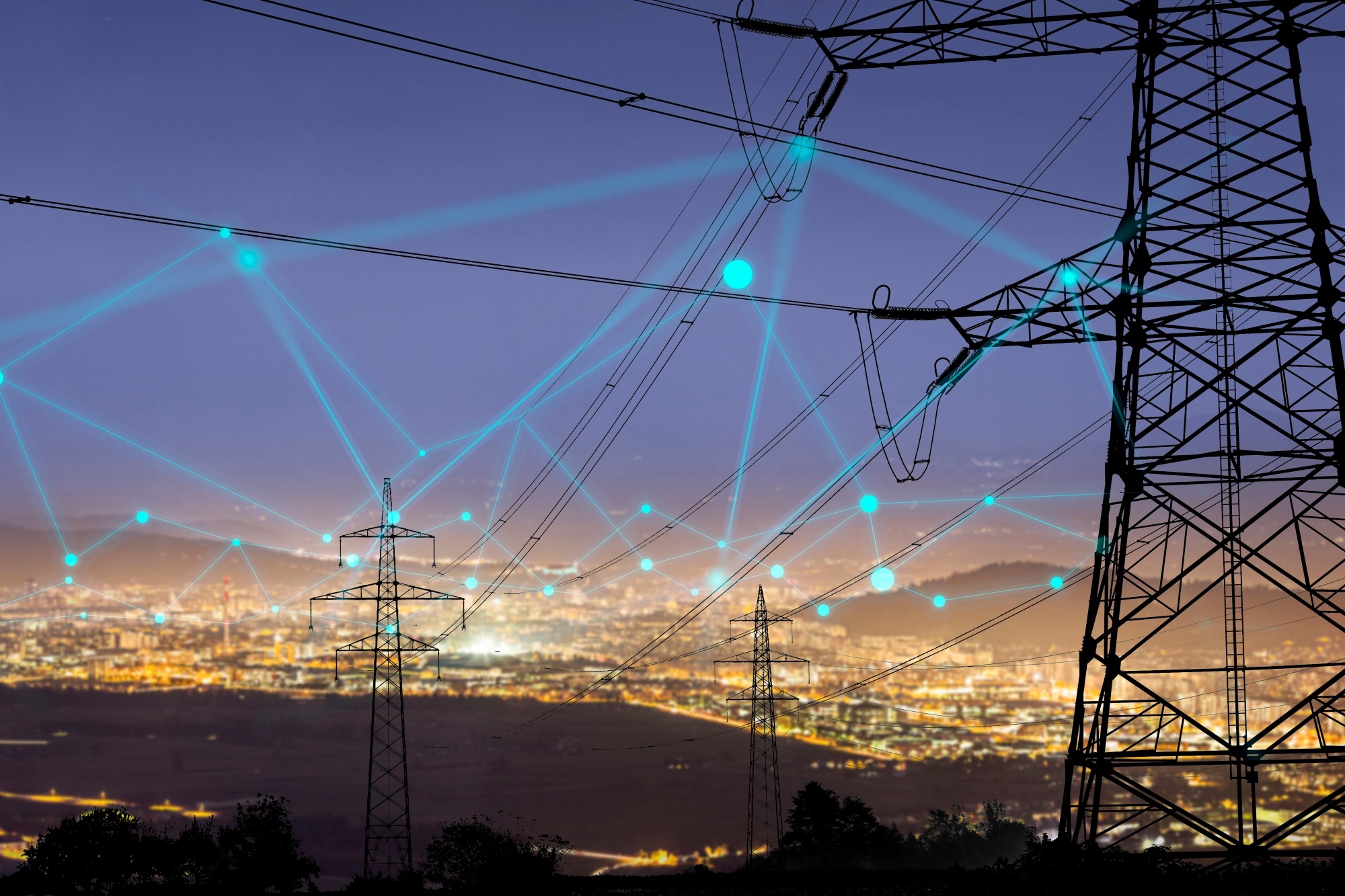
What do these changes mean for different groups?
What do these changes mean for consumers?
Consumers with rooftop solar, batteries or EV chargers may see improved export performance and fewer network constraints. All consumers may also benefit from delaying the need for expensive network upgrades.
Those with older or voltage-sensitive appliances may experience impacts if their supply regularly sits at the extreme ends of the range, but this is expected to be uncommon.
If you have concerns about your voltage, contact your local electricity network.
What do these changes mean for networks?
The wider 230 V ±10% voltage limits give electricity networks more room to keep power stable as more homes install solar, batteries and EV chargers. The change makes it easier for networks to manage voltage safely without breaching limits.
For many areas, this means fewer high-voltage trips from solar and less need for networks to restrict export. It may also help delay some voltage-related upgrades, which can help keep costs down over time.
The change also aligns New Zealand with Australia, the UK and Europe, making it easier to use consistent equipment and settings across the industry.
Networks must still maintain safe, reliable supply and follow all safety and quality regulations — the voltage change does not alter these responsibilities.
What do these changes mean for installers?
Installers must continue complying with the Regulations and network-specific requirements. Once the Electricity Authority confirms the national inverter settings profile, installers will need to apply it during commissioning (currently proposed: Region A).
Until that time, existing installation and commissioning requirements remain in place. Networks may issue temporary guidance that installers should follow in the interim.
Always consult the local electricity network for any local requirements.
What do these changes mean for manufacturers?
Manufacturers must continue to meet the Regulations and AS/NZS standards. Any new configuration requirements (such as Region A) will be managed through the Code and applied at installation.
The EEA is developing additional guidance to support:
- Consistent expectations across networks
- Clear communication to installers
- Avoiding conflicting or bespoke per-network settings
We are actively engaging with manufacturers and welcome feedback.
How do we keep everyone aligned?
The EEA’s role is to support safe, high-quality technical outcomes for the industry. We are working closely with Energy Networks Aotearoa, the Solar Energy Association of New Zealand and other stakeholders to provide consistent national guidance to help everyone implement these changes, including information on network voltage operating expectations.
This page will be updated as new information becomes available, including final decisions on inverter settings.
If you have questions or feedback, please contact: admin@eea.co.nz

